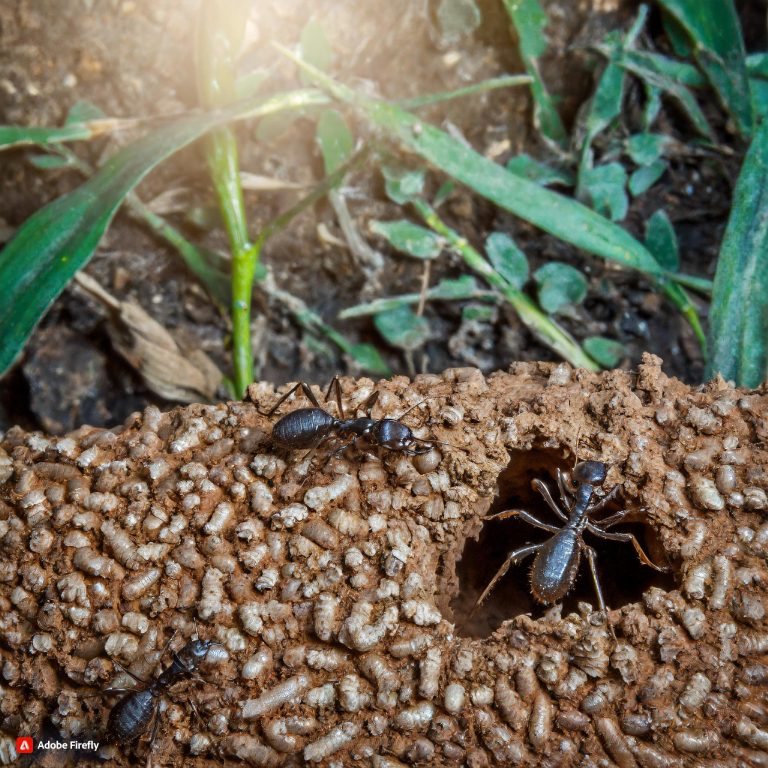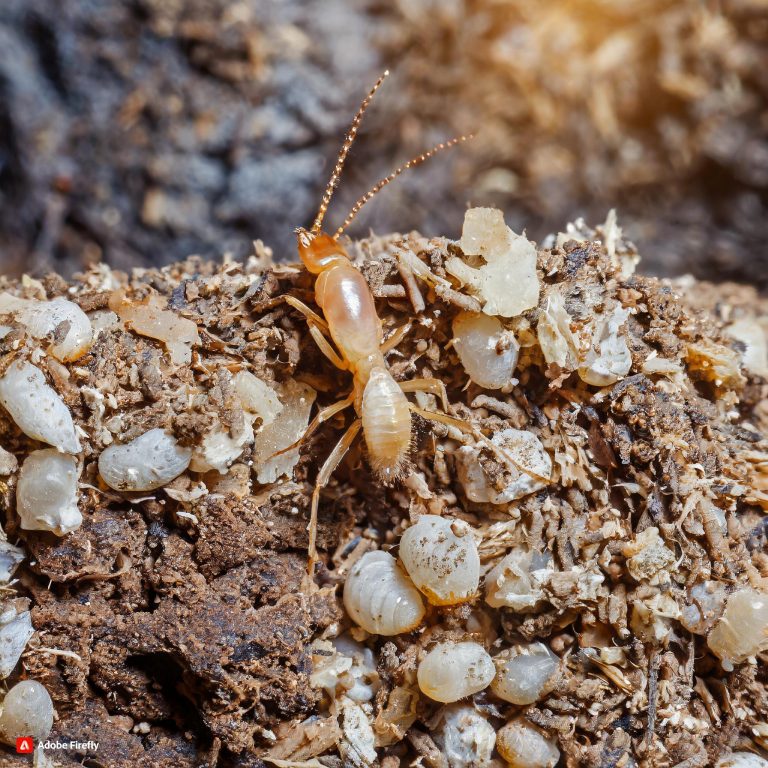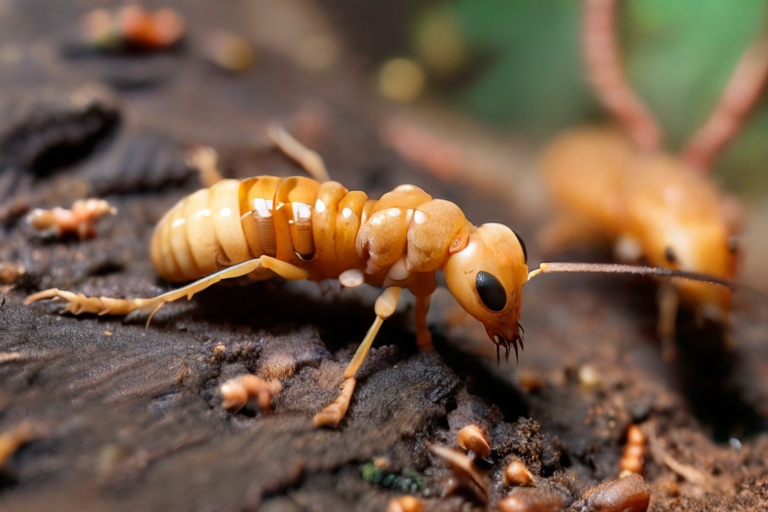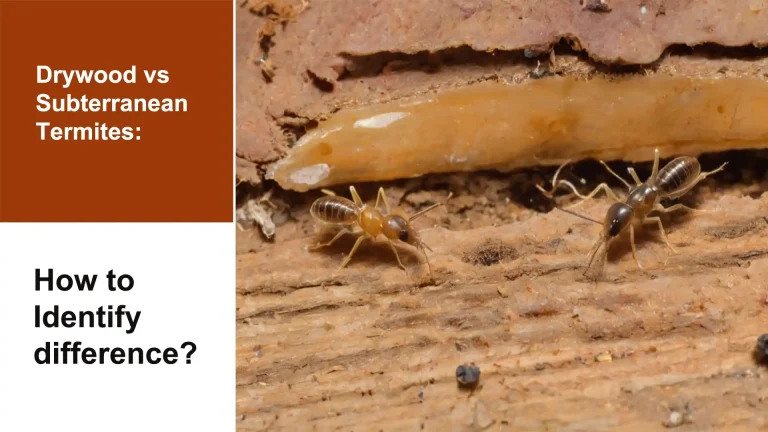Types of Termites in Florida: How to Identify Florida Termite
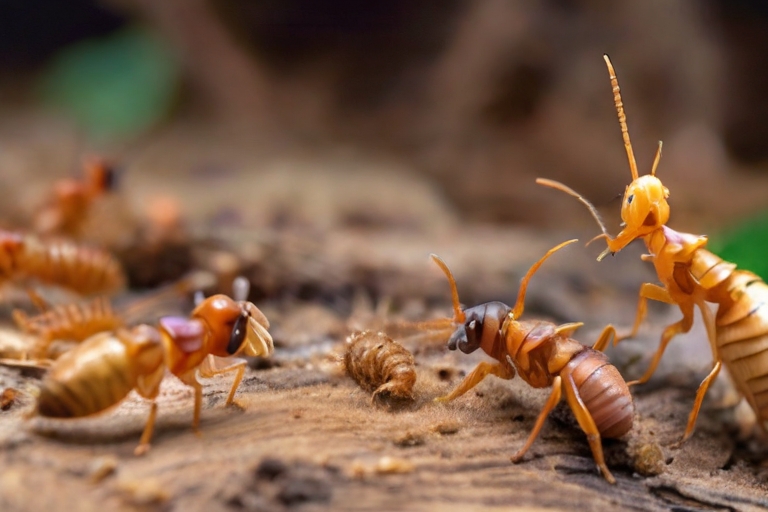
Living in the humid, subtropical climate of Florida means dealing with more than just harsh weather and unpredictable storms. Pest infestations, especially termites, pose a constant threat to homes in the Sunshine State. Termites cause over $5 billion in property damage each year in the US, with Florida at the epicenter of the destruction.
With 21 different termite species found in Florida, it is crucial for homeowners to learn how to identify signs of an infestation. Catching a termite problem early allows pest control treatment before the bugs can extensively damage your home’s wooden structural elements.
This guide covers the main types of termites present in Florida, how to identify them, dealing with infestations, and why termite control is so vital for the state.
Types of Termites Found in Florida
Florida’s subtropical environment with high temperatures, moisture, and an abundance of wood make an ideal habitat for different types of termites. The main species establishing large nests and colonies in structures across the state include:
Subterranean Termites
Subterranean termites are the most common type in Florida, found in over 80% of infestations. As their name suggests, they nest underground and construct special mud tubes to protect them as they travel between their nest and food sources.
There are three main subterranean species:
- Eastern subterranean – Native to the southeastern US
- Asian subterranean – An invasive pest introduced through shipping
- Formosan subterranean – Considered a “super termite” due to its destructive potential
Subterranean termites primarily feed on cellulose material underground before sending workers above ground to infest structures. Their colonies can grow quite large, housing over 10 million termites at a time!
Drywood Termites
Drywood termites infest the wood in walls, floors, furniture and can severely compromise structural integrity. They are smaller colonies living entirely inside the wood they are eating and don’t need ground contact.
Two common drywood species in Florida are West Indian and Southeastern, inflicting heavy damage on both homes and historic buildings. They push out frass pellets through tiny holes in infested wood.
Dampwood Termites
As the name suggests, dampwood termites specifically infest wood with higher moisture content. Their colonies are usually small, but still inflict serious wood damage. Telltale signs are mud shelter tubes as they require contact with soil and dig tunnels.
How to Identify Different Florida Termite Species
With overlapping signs of infestation between some species, identifying types of termites can prove difficult for the average homeowner. Getting a professional termite inspection is the best way to determine what kind of termites are present.
Some distinguishable characteristics between species include:
Identifying Subterranean Termites
Subterranean termites build extensive underground networks connecting to mud tubes near wood sources. Identifiable signs above ground are:
- Mud tubes running along foundation and walls
- Discarded wings from swarmers around windows and doors
- Damaged wood containing mud packed galleries
[Image showing signs of subterranean termites near home]
Soldier termites have large, distinctive mandibles used for defense. Workers are soft-bodied with straight antennae. Reproductive swarmers have two pairs of long, evenly matched wings.
Subterranean termites can still inflict heavy damage without being visible above ground. Get a thorough termite inspection if you suspect their presence.
Identifying Drywood Termites
Drywood termites inhabit and feed on wood from the inside out. Visible signs of infestation include:
- Tiny holes in wood elements allowing pushed-out pellets
- Papery, crumbling fecal pellets (frass) building up
- Hollowed pockets in wood structures
These termites don’t need ground contact and live entirely inside the wood. Get an inspection after any sign of possible infestation.
Identifying Formosan Subterranean Termites
The Formosan subterranean termite is considered a “super termite” for its destructive capacities. Native to China, it has become increasingly prevalent in South Florida.
Some unique signs differentiating it from other species:
- Large swollen mud tubes running up walls and structures
- More aggressive wood damage around the infestation site
- Larger colony size potential
As Formosans nest underground like other subterranean termites, a professional inspection is required to identify an infestation.
Dealing with Termite Infestations in Florida
With the warm climate across Florida providing ideal conditions for termites year round, infestations require quick action before major home damage occurs.
Signs of a Termite Infestation
Depending on the species, common signs of termites possibly being present either inside or underneath your home include:
- Mud tubes along walls, foundation and structural elements
- Discarded wings from swarmers
- Hollowed out wood with dried fecal pellets
- Sagging floors or ceilings
- Buzzing noises within walls
Upon noticing any of these indicators, contact a professional pest control service immediately to schedule a termite inspection.
Getting a Termite Inspection and Identification from a Specialist
With overlapping signs between different termite species, getting an accurate identification requires an experienced eye. A professional termite specialist will:
- Thoroughly inspect interior and exterior of the home for any signs of activity
- Identify entry points like cracks in foundation
- Determine what species are present
- Check for connected wood damage
- Provide location and extent of infestation
This allows creating a customized treatment plan targeting the specifics of your termite issue. DIY identification risks missing key factors, letting populations grow.
Termite Prevention and Control Methods
Upon positive identification after a professional inspection, the pest control technician will recommend a tailored treatment plan based on the type of termites present and extent of infestation.
For subterranean termites, common controls include:
- Liquid soil treatments to permeate nest underground
- Bait stations to infect colony over time
- Wood treatments on infested structural elements
For drywood termites:
- Fumigation tenting to penetrate wood housing colonies
- Wood injection of insecticidal dusts
- Extreme heat or cold treatment
Added preventative measures like clearing debris near the home’s foundation that could attract termites should also be followed.
Treating Subterranean Termite Infestations
As subterranean termites nest underground, the first critical step is treating the soil or foundation. Liquid Termidor or Premise treatments are common, creating a protective barrier killing termites that cross it.
Bait stations are also effective, eliminating colonies through slow-acting toxins carried back to the nest by workers. These provide on-going prevention after the initial wipe out.
For heavy structural damage inside the home, wood can be sprayed or injected with Termidor or Vikane gas fumigants to eliminate termites inside. Infested wood will likely need replacing.
Follow all instructions from your pest control technician for any at-home prep or post-treatment protocols to eliminate termites and prevent recurrence.
Treating Drywood and Dampwood Termite Infestations
For drywood termites nestled inside wood elements, fumigation tenting is the most thorough treatment method. This seals your home to contain the Vikane gas which permeates walls and structural cavities to kill termites on contact.
Heat or cold treatments administered by professionals also effectively eliminate colonies by raising or lowering temperatures beyond termites’ tolerance levels.
For dampwood termites, soil treatment barriers around wood housing moisture-loving colonies provides protection against future spread or recurrence. Infested wood will need removal and replacing.
Why Termite Identification and Control is Important in Florida
Beyond just creepy pests that swarm and infest homes, termites pose major risks from both property damage and health perspectives:
Costly Damage from Termites
Termites eat cellulose material like wood and plants at impressive rates. A few key reasons they inflict heavy damage in Florida:
- Ideal tropical climate for year-round feeding and growth
- Plentiful wooded building material sources to infest
- Invasive species like Formosans spreading with limited predation
The cost to repair termite damage usually falls between $3,000 to $5,000 but can exceed $10,000 for more extensive infestations. Preventing populations from growing reduces long-term harm.
Health Risks from Termites
On top of their structural destruction, termites also pose health hazards:
- Drywood termite fecal pellets and left-over matter contain allergens that can trigger respiratory issues when inhaled
- Mold growth in dampwood colonies creates air quality concerns
- Swarming reproductive termites inside homes is panic-inducing for some homeowners
By identifying and controlling infestations promptly, you reduce the odds of direct contact or circulation of allergens.
Key Takeaways: Termites in Florida
A few key points for Florida homeowners:
- Learn signs of infestation like tubes or discarded wings to identify issues early
- Call a professional pest control service promptly at any suspicion
- Get an expert inspection and identification of species present – don’t try tackling solo!
- Follow all treatment recommendations like barriers and wood replacement to prevent recurring issues
- Take preventative measures like clearing debris near your home’s foundation that could attract termites
Stay vigilant for signs of termite activity and take swift action at any suspicion of issues to protect your home!


